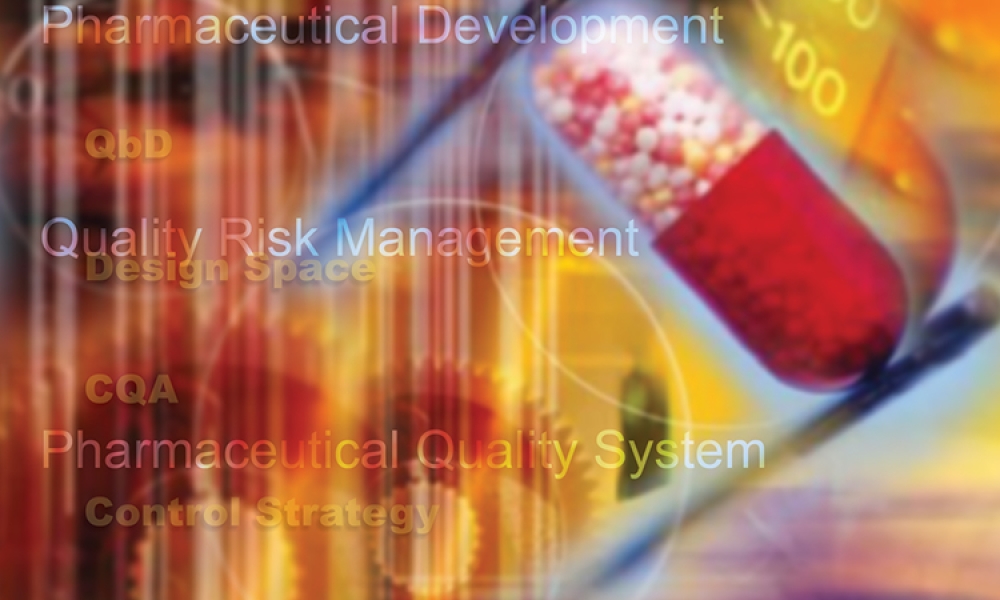Global regulators discuss data integrity, Annex 1, artificial intelligence, & more

A panel of regulators representing BfArm, Germany; the Therapeutic Goods Administration, Australia; and the US FDA took place at the 2021 ISPE Biotechnology Conference and Workshop. The panelists reflected on many of the topics that had been covered during the two days of keynotes and technical sessions.
Members of the panel included:

The discussion was facilitated by Michelangelo Canzoneri, Global Head of Digital and Data, Member Executive Committee, Healthcare Business Merck KGA, Germany Merck; and David Doleski, Head of Global Quality Audit, Sanofi. Industry questions were collected through polling of the global audience. A wide range of topics were covered during this discussion including remote inspections, potential impact of implementation of draft EU GMP Annex 1 “Manufacturing of Sterile Products,” and the use of novel technologies.
Some agencies, such as TGA, had experience conducting remote inspections during the pandemic lockdown period. Will remote inspections remain possible in the future; do you see an increase of inspections in this upcoming period?
Davis from TGA explained that remote inspections, that is, virtual inspections, started in March 2020, and were chosen based on a risk assessment to decide which type of inspection will be realized. Many different methods of inspection exist for site approval (remote inspection, onsite inspection, some of which could allow observation of more in-depth inspection evaluation evidence).
In the future, remote inspections will remain possible based on a risk-based approach to select whether an inspection is remote or onsite. There are sites where physical inspections will be the rule based on a risk-based evaluation. Remote inspections for highly complex processes and for aseptic manipulation are quite challenging, making them less suitable. But for less complex activities and for follow up of inspections, remote inspection may be possible. Regarding the number of inspections, there is a backlog which will require more work from inspectors, but going forward the number of inspections is expected to remain the same as before.
Thürmer from Bfarm said that a risk-based approach will be the rule to assess a site’s suitability for type of inspection, and that this approach will be more and more important to drive how often sites will be inspected.
What were the challenges for the high-speed review of vaccines and products to enable safe and effective therapies during the pandemic? Are there lessons learned to incorporate into future review processes?
Thürmer said it was impressive to see the direct interaction between reviewers and companies to assess and answer questions in a very short period. The biggest challenges were related to assessing clinical and commercial products based on a very limited amount of information for some activities.
Bryan said the pandemic put significant stress on agencies’ operations. This level of activity is not sustainable, but regulators can focus on what was done and how it was done. One learning that could be applied more in the future is the high level of international collaboration between regulatory agencies and with the pharmaceutical industry. This level of interaction can be beneficial for further international development.
Regarding Annex 1, which parts or chapters present the most challenges for alignment and when will the document be released?
Davis said that the last time that Annex 1 was revised it took 5 years (revision 2009). The current revision period is still less than the previous effort. The December 2017 draft garnered approximately 6000 comments from industry, and the February 2020 revised draft garnered 2000 comments. All feedback has been reviewed and assessed for possible inclusion. The comments show industry’s appetite for the application of risk management, however, the comments also reveal widely varying levels of maturity and understanding of complex principles of aseptic manufacture of sterile products. Davis noted that he has seen dramatically opposing views on a single subject.
The working group is carefully examining the draft’s wording to ensure principle-based but pragmatic expectations regarding compliance, with high levels of quality and safety. Compliance for companies with a high level of maturity of their quality system and risk management processes should allow flexibility and use of novel technologies. For companies with lower maturity levels for their quality system and quality risk management understanding, the guidance should advance their ability to produce quality sterile products. Principles should be stated clearly, which requires careful wording.
There has been lot of focus by regulators on data integrity in inspections during the pandemic. Is this a challenge we need to refocus our efforts on?
Davis explained that it can be quite difficult to be able to “see” the data, the way they are protected and changed, when assessing analytical systems remotely. The ability to interrogate systems for data integrity following paper trails is not difficult to undertake onsite, however, remotely one can spend hours following information from document to document depending on the IT system or systems. According to Davis, data integrity is a critical part of any quality system and will remain a critical focus for both onsite and remote inspections. He noted that he has seen movement in the right direction to improve data integrity.
How can we introduce more use of Artificial Intelligence and Machine Learning in the Pharmaceutical industry. These technologies are used in other industries e.g., automotive industry
Davis said such technologies are being used in production, and are reducing cost and improving quality. For example, in recent years, feedback automation of tablet machines has allowed adjustment of the weight to assure continued compliance of weight values with the critical quality attribute for the product.
The concept of design space should support introduction of multivariate algorithms to control pharmaceutical manufacturing processes. A higher level of process knowledge and process understanding could support parameters moving within the design space. Variation of parameters within the design space should make processes more robust with products remaining compliant throughout batch production.
Davis underlined that TGA would love to see more of these types of applications. This approach should give manufacturers more information and knowledge to critically evaluate their product.
More coverage of the ISPE Biotechnology Conference
Disclaimer:
This is a brief and informal synopsis of responses from regulators during a panel dialog at the ISPE Biotechnology Conference in September 2021. It has not been vetted by any agency and does not represent official guidance or policy of any agency.






